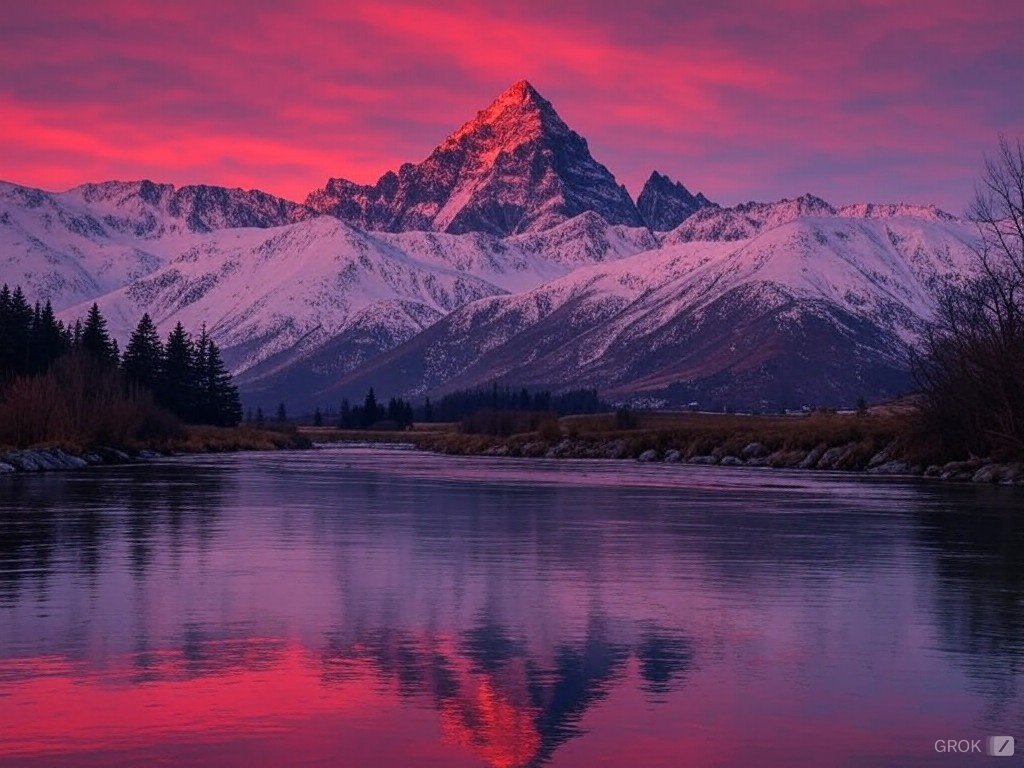Ah, the world of 3D game level design! It’s a space where creativity merges with technical prowess, and where you, as an artist or developer, can bring fantastical worlds to life. Now, if we dive into Unreal Engine – and especially its terrain tools – what we’re looking at is not just a bog-standard, straightforward toolset. Nope, it’s more like having a superpower, but one that requires a bit of a learning curve. Don’t worry, though; once you get the hang of it, it’s downright fun!
Ever played a game where the environment felt so real, you thought you could just step into your screen and start exploring? That’s the magic of well-designed 3D terrains. Constructing these environments in Unreal Engine is kind of like being a god – albeit in a virtual sense. You conjure mountains, carve valleys, and even dictate where rivers flow. Sounds enthralling, right? But it’s also peppered with challenges and technicalities that could sometimes make you want to pull your hair out!
Contents
The Backbone of Any Level: Terrain
So, let’s chat a bit about terrain in Unreal Engine. This engine, I’m telling you, is a powerhouse capable of creating not just visually stunning but also immensely complex landscapes. But here’s where it gets a tad tricky – or let’s say interesting. To really nail the authenticity, you need to think about scale, texture, and the overall feel. Are we crafting a gritty, war-torn badland or a lush, serene valley? Each brushstroke in your digital palette needs to align with that vision.
Where Science Meets Art
The crux of mastering terrain lies at the intersection of art and science. You get to use algorithms – fancy term, but stick with me – which are basically set formulas that help you shape these terrains based on real-world logic. It’s like having maths as your painting buddy. However, just using algorithms alone won’t cut it; your creativity needs to jump in the mix to breathe life into the numbers and codes.
And here’s a little secret: sometimes, the first draft of your terrain will look a bit, well, off. Maybe too smooth or unnaturally perfect – nature isn’t like that, right? No hill or river is flawless. That’s where you jump back in, tweaking and tuning, maybe even overhauling whole sections. It’s a game of patience and vision.
A Personal Touch in Digital Landscapes
One project I worked on – let’s call it “Forest Mystique” (yes, a bit cheesy, but bear with me) – needed a forest that felt ancient and mystical, brimming with secrets. Here’s where personal experience and a bit of childhood memories of wandering through woods came into play. I used those memories to fine-tune the shades of the greens, the play of light through the trees, and how the shadows added to the eerie, secretive aura. A touch subjective, maybe? Sure, but that’s what brought “Forest Mystique” to life and made players feel the magic.
Adding those emotional, human touches can transform a good terrain into a great one that players connect with. It’s about infusing your work with a bit of your own spirit, a dash of your quirks, and your unique fingerprint.
Let’s Collaborate on Your Next Project
Whether you’re just dipping your toes into the vast ocean of game design or are paddling in the deeper waters, mastering terrain in Unreal Engine can uplift your game’s aesthetic and gameplay immensely. Got an exciting terrain challenge? Stuck on making those virtual cliffs look just rugged enough? Or need a sprawling, alien landscape for the next big sci-fi saga? Whatever it is, let’s make it real – well, virtually real.
Just drop me a line at [email protected], and let’s craft some unforgettable digital worlds together. Looking forward to turning your ideas into reality!
